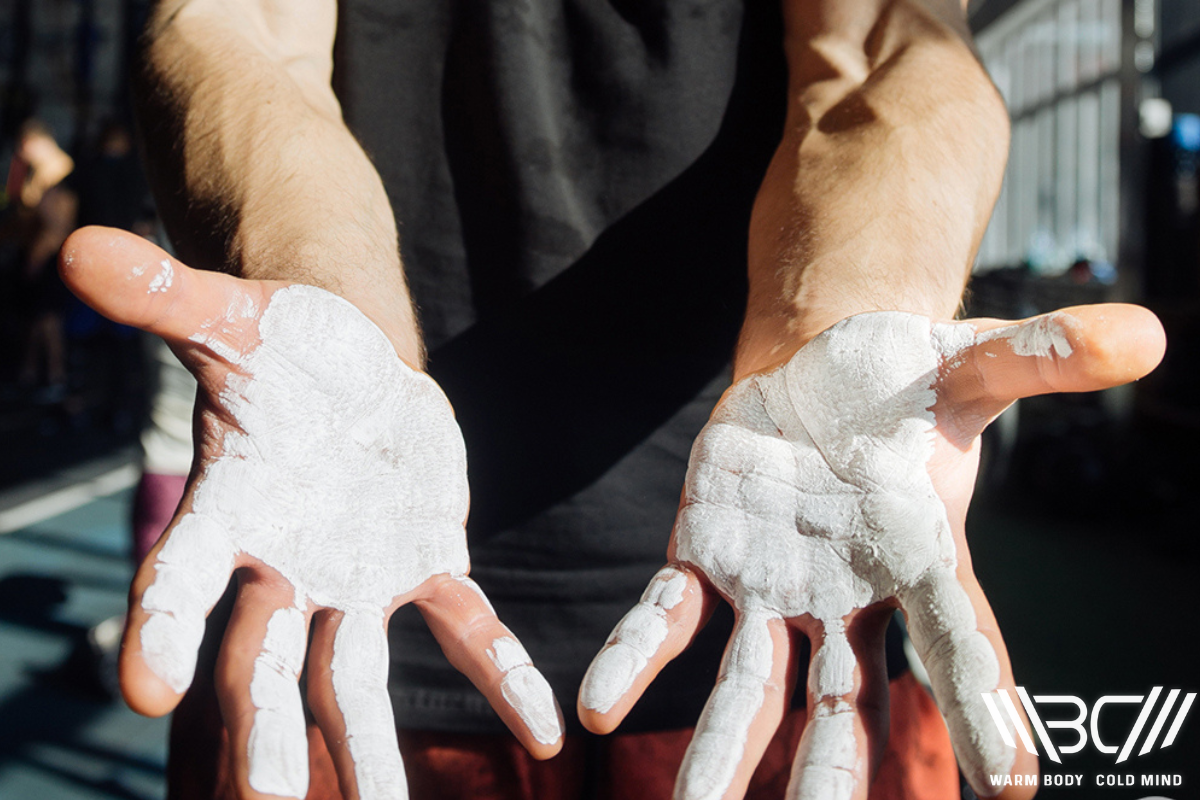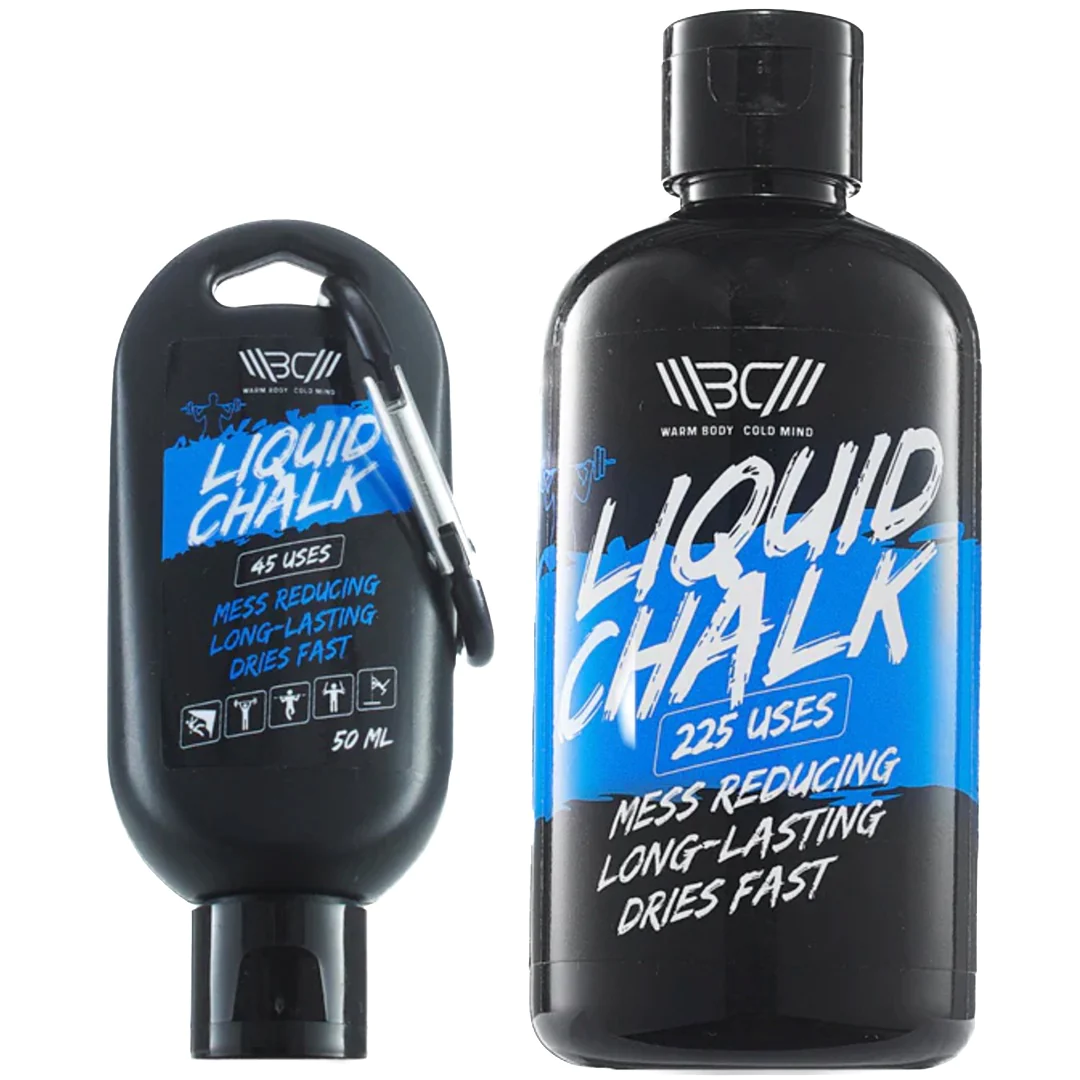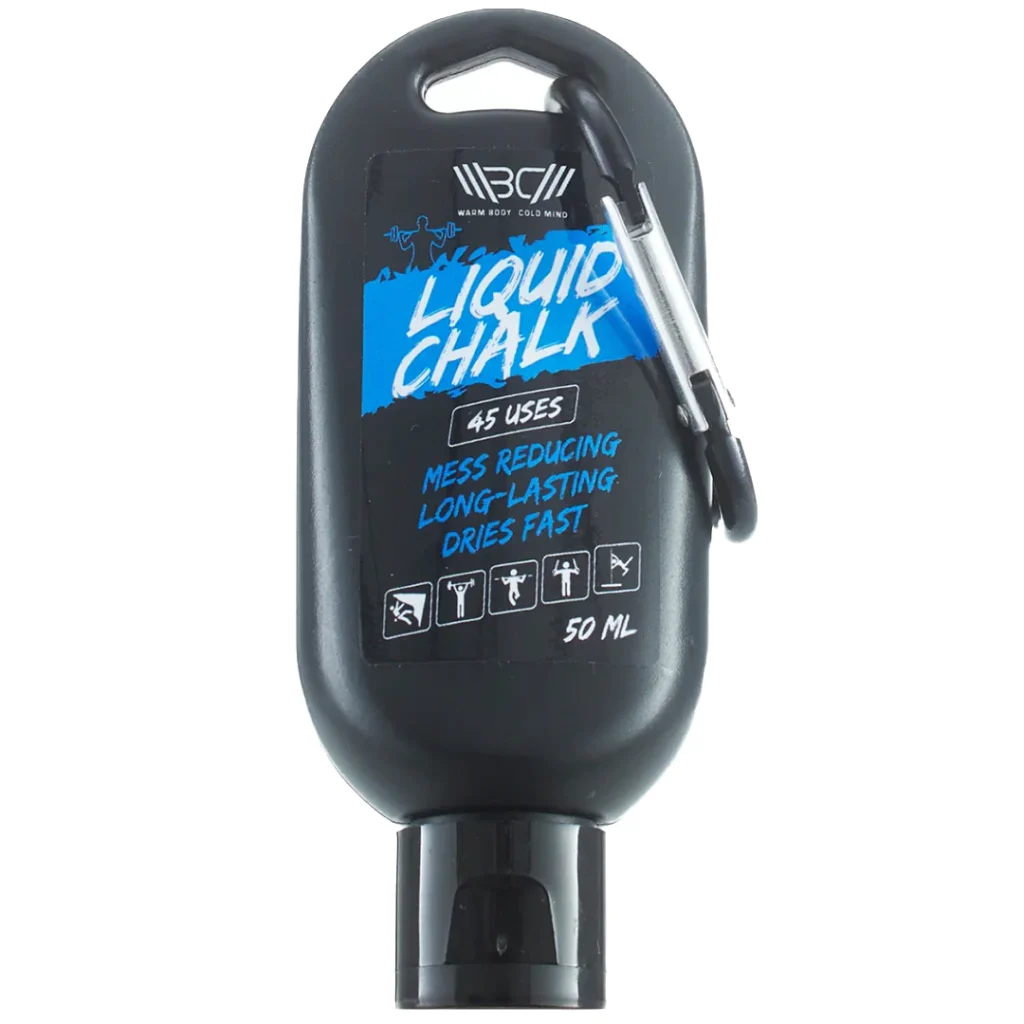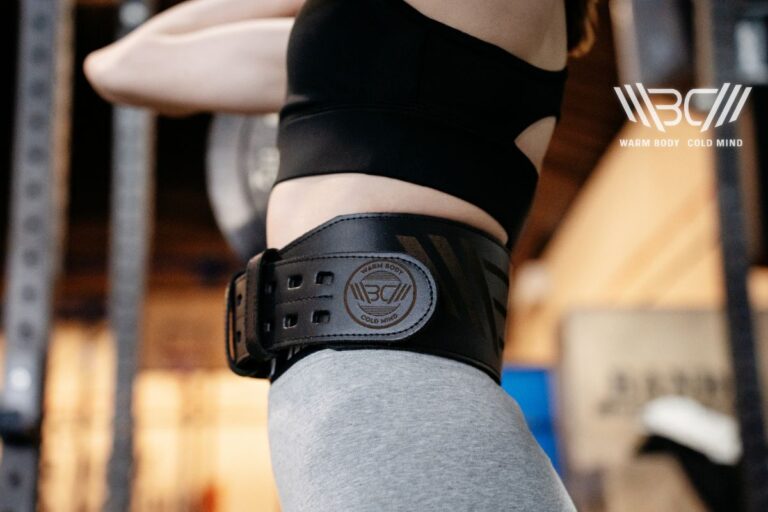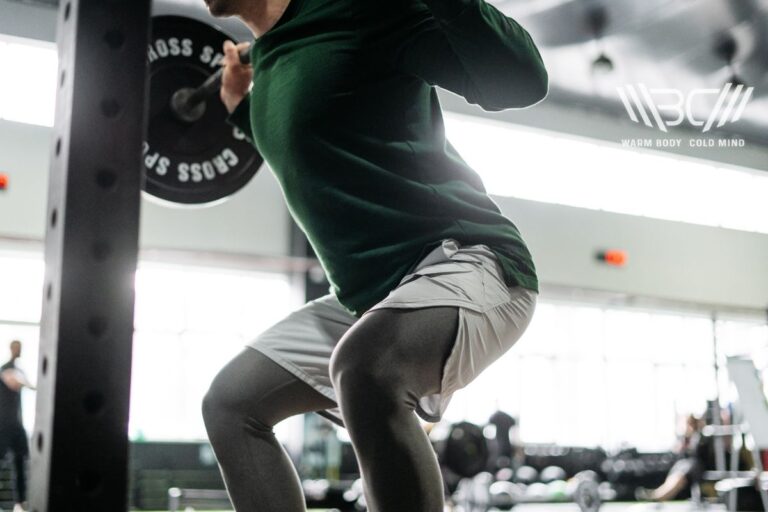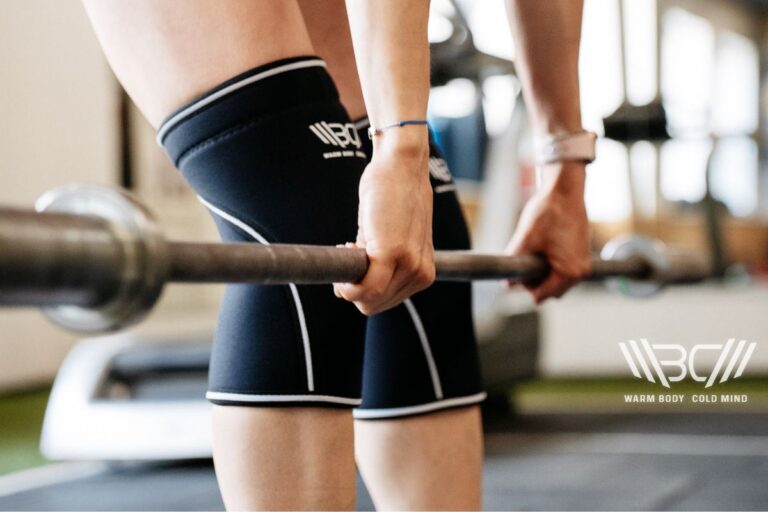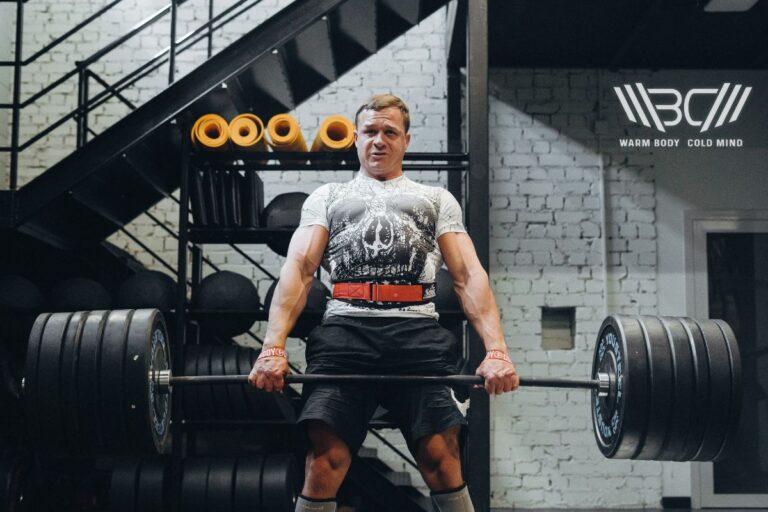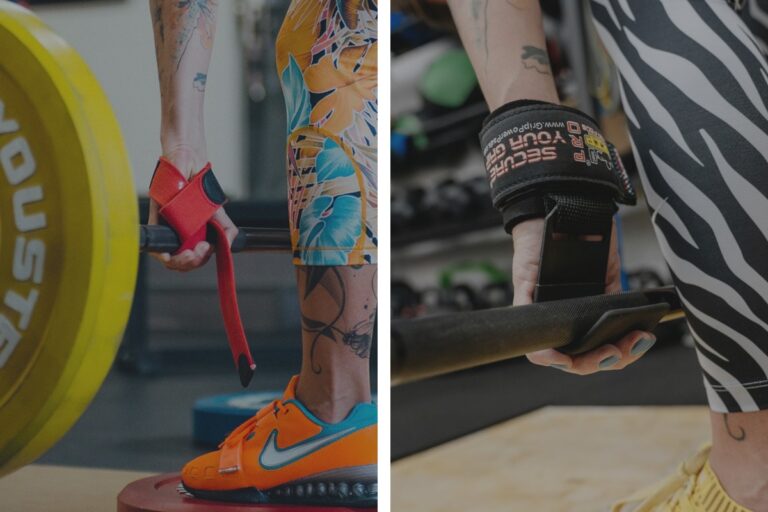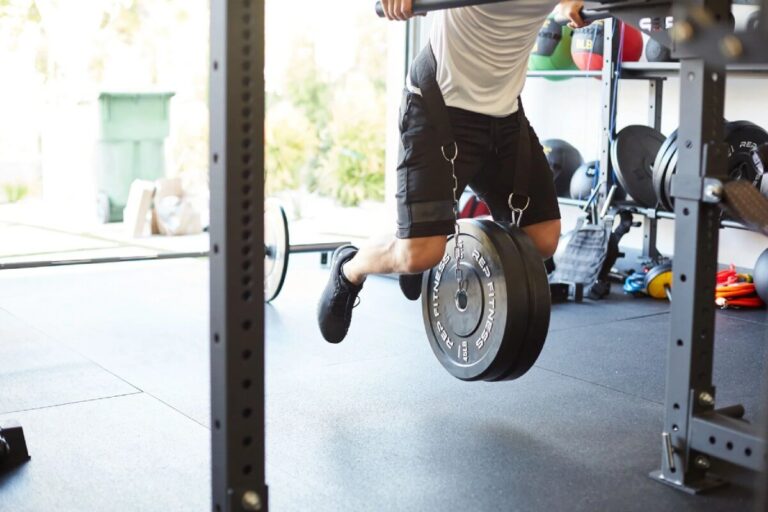How to Make Liquid Chalk Yourself: DIY Ultimate Grip
It doesn’t matter if you’re a powerlifter, a gymnast, or a rock climber – a solid grip is non-negotiable. It’s the difference between having a successful workout and struggling to complete your routine. But there’s something that can help your grip – liquid chalk. Have you ever wondered how to make liquid chalk? You most likely have, and that’s exactly what we’ll be discussing today.
Why would you want to make liquid chalk yourself? Well, if you’re asking that question, then you probably never struggled with finding the perfect store-bought chalk. It’s easy to run to the store and just purchase one, but the problem is that it can be too runny, too thick, or just plain bad. If you decide to make it yourself, you can make liquid chalk that has the right consistency and ingredients.
How to Make Liquid Chalk? – You’ll need isopropyl alcohol, magnesium carbonate (chalk), and a container for mixing. Combine the ingredients, mix until it’s even, and transfer into a squeezable bottle.
Let’s see what liquid chalk ingredients you need and how you can make it yourself!
Let’s chalk!

Why to Use a Liquid Chalk?
Have you ever walked into a gym and saw someone about to lift weights covering their arms with weird white stuff? If you don’t know what it is, you may wonder what they are doing and why they are making such a mess all over their hands. The answer to both of those questions is pretty simple: to make their workout easier, safer, and more effective. Chalk will help your grip, so you can focus on your form and performance.
Liquid chalk is an absolute game-changer because it does wonders for your grip, has antiseptic properties, and can limit the transfer of microorganisms.
Take weightlifting, for example; can you imagine what happens when your grip fails? If you’re lucky, you’ll embarrass yourself a little bit, but if you’re not, you can end up seriously injured. The chalk can help prevent mishaps because the grip it provides is secure and it gives you confidence to lift heavier weights and push your limits. Moreover, it significantly reduces the chance of dropping the barbell.

Maximize your grip with premium quick-drying Warm Body Cold Mind liquid chalk leaving no mess.
Of course, the use of liquid chalk goes way beyond weightlifting. Bouldering is a discipline where every finger’s placement is vital, and liquid chalk can help you grasp even the tiniest holds precisely. Bouldering enthusiasts swear by liquid chalk, and you’ll hardly ever see them without it.
Gymnastics is another sport that relies on liquid chalk. Bars, rings, high beams – they all require a solid grip because this sport is all about balance, precision, and flawless execution. Chalk is a great help when it comes to preventing slips and accidents.
As you can see, liquid chalk is extremely versatile, and if you’re wondering whether you really need it, the answer is – you probably do.

What Is Liquid Chalk Made Of?
Every liquid chalk has two key ingredients: isopropyl alcohol and magnesium carbonate (known as chalk). Isopropyl alcohol serves as a dispersant, while the main active ingredient is magnesium carbonate, which is responsible for improving the grip and soaking up the moisture on the skin.
This sounds reasonably simple, right? It is if you get the ratio down. It is something you’ll have to play around with for a bit, because everyone has different preferences and needs.
You can also add some optional ingredients to your homemade liquid chalk, like essential oils, in order to make it smell better and make using it more pleasant. Just make sure to avoid ingredients like glycerin or thickening agents, because they can ruin the chalk’s texture and performance.
What kind of chalk you’ll go for will depend on a few factors. If you’re a climber, you’ll probably want liquid chalk that dries fast and provides an extra extra strong grip. Weightlifters, on the other hand, will most likely go for something that gives a comfortable and consistent hold on the barbell.
Those with sensitive skin will have to be a little more careful and look for something gentle and not very abrasive, while others will have more variants to choose from. Although the ingredients of gym chalk are not toxic, those with sensitive skin still need to be careful.
The best thing about DIY liquid chalk is that it can be adapted to what you want, regardless of the sport you choose to participate in.
Subscribe!
The latest reviews of must-have home gym training equipment, apparel, and supplements that will enhance your performance and bring you new results.
How to Make Liquid Chalk: 8 Crucial Steps
Now that you know just how effective liquid chalk is, you may be excited to try to make it.
We’ll go over a detailed list on how to make liquid chalk and provide a tried-and-true recipe.
1. Ingredients
First, you want to collect all of the things you’ll need to make your chalk: magnesium carbonate (chalk), isopropyl alcohol (70%), spoon and a mixing bowl, and a small airtight bottle. If you don’t have a bottle, you can also use a plastic container that has a screw-on lid. Make sure that whatever you decide to use is completely clean and dry.
2. Measuring
Pour the magnesium carbonate into the mixing bowl. The amount will depend on how much liquid chalk you want to make, but 3.5 ounces is a good start. Make sure to smash the chalk with a rolling pin because you need the texture to be very fine.
3. Add the Alcohol
Now you need to turn the bowl of white powder in front of you into liquid chalk. To do that, you’ll add in isopropyl alcohol. The ratio of alcohol to chalk varies, but a 2:1 or 3:1 ratio of alcohol to chalk works for most people. Start with 2:1 and feel free to adjust the ratio until it is consistent with what you want it to be.
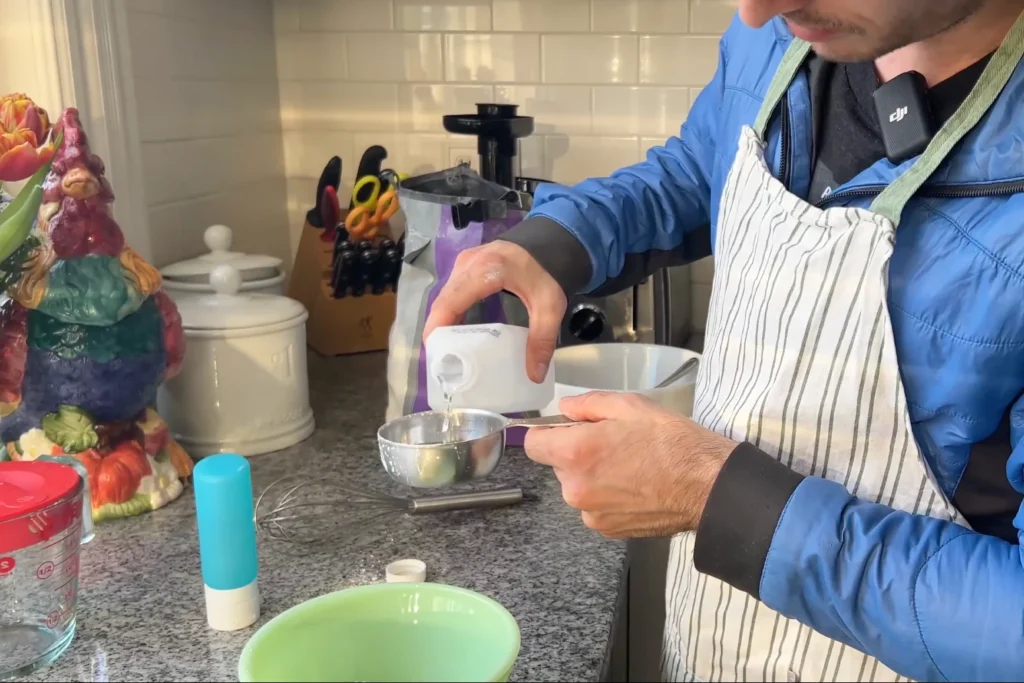
4. Adding Essential Oils (Optional Step)
This step is optional, but if you want your chalk to have a pleasant scent, you can add a few drops of essential oils into the mixture. Lavender is a popular choice because of its calming properties, but you can also go for tea tree or eucalyptus if you want a fresh and invigorating scent.
Keep in mind, however, that essential oils are very potent, so don’t overdo it – two to three drops is all you need.
5. Mixing
Use a spoon to mix the ingredients (and the essential oil if you’ve added it). When you’re done, the liquid chalk should have a smooth, even, and creamy texture (kind of like yogurt). If your chalk is too thick for your liking, you can add some more alcohol to it to thin it out. If you happen to see any air bubbles, mix it some more until they’re gone.

6. Testing
Before actually using your liquid chalk, test a small amount of it to see if the grip it gives meets your needs. In case of need, you can adjust its consistency further.
7. How to Store Liquid Chalk?
After each use, make sure to close the container (or the bottle) tightly to prevent the alcohol from evaporating. If you don’t, your chalk will dry out and you won’t be able to use it anymore. Keep it in a cool and dry place, because liquid chalk is sensitive to heat, direct sunlight, and humidity. Shake it well before each use.
Ready-Made or DIY Liquid Chalk: Advantages and Disadvantages
Everyone’s schedule is tight these days, and you may not want to take the time and effort to make your own liquid chalk. And that’s perfectly fine, because store-bought liquid chalk has a lot of advantages.
The first and the most obvious one is convenience. You can just run out to the store and buy a bottle of liquid chalk without the hassle of making it. However, it will cost you more than if you made it yourself. There’s also the issue of ingredients, since if you have sensitive skin, some of the ingredients may not suit you (like artificial fragrances and thickeners). Ready-made liquid chalks usually have more ingredients than homemade ones, and there’s more chance your skin will be irritated.
DIY chalk can be personalized, and you have full control of the ingredients. You know exactly what you’re mixing in and you can adjust everything according to your preferences. You can also make it smell just as nice as something ready-made, but with natural ingredients that won’t harm your skin. This option is a better choice from a cost perspective, as well.
Still, it can be very messy to make, and you’ll need some time to get the ratio right, which can be time-consuming and frustrating, not to mention the potentially wasted ingredients.
Overall, there’s no winner here. It comes down to your priorities and preferences.
Liquid Chalk We Recommend – WBCM Liquid Chalk
The Warm Body Cold Mind Liquid Chalk works like a charm, and if you don’t want to go the DIY route – give this one a try. You won’t be disappointed!
This chalk is thick, creamy, and you only need a small amount to cover your hands. It will last for an entire workout, and you won’t need to deal with reapplying your chalk all the time. It’s reasonably priced and, if you don’t want to commit to a full bottle, you can get the smaller 50 ml one, which comes with a convenient carabiner and is very easy to carry around with you.
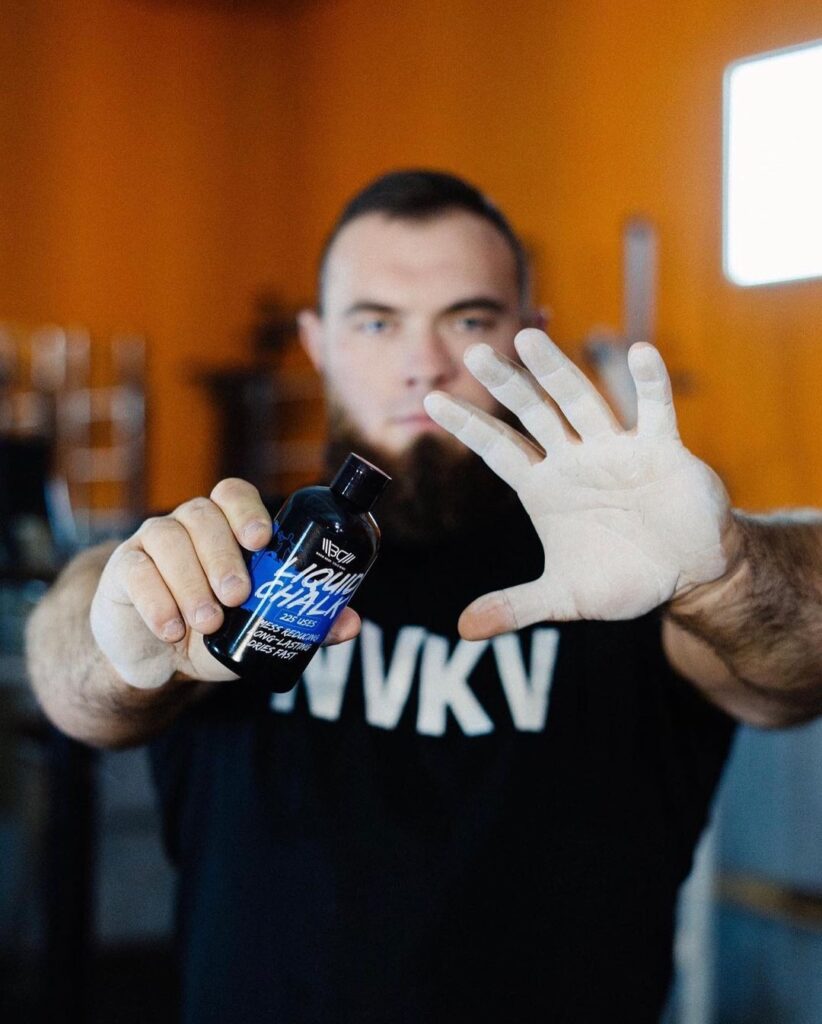
After you apply it, it dries in 15 seconds and leaves your hands feeling dry and ready to grip. Of course, you need to make sure to wash it off thoroughly after your workout and apply a bit of moisturizer because the alcohol the chalk contains can dry your skin out. You may not notice anything after just one use, but if you keep consistently using the chalk without applying moisturizer afterward, your skin can crack and get irritated from the lack of moisture.
Pros
- Has a nice citrusy scent
- Comes in 50 ml and 200 ml packaging
- Long-lasting
- Not messy
Cons
- Higher initial cost compared to the DIY chalk
- The alcohol the chalk contains may be drying
FAQ
Is Liquid Chalk Good for Weightlifting?
It’s excellent for weightlifting, and once you try it, you’ll never look back. It will reduce the risk of the barbell slipping from your hands, because it provides fantastic grip. Additionally, it can allow you to lift heavier weights and put more focus on your form than on the barbell.
Is Liquid Chalk Messy?
If you compare it to the traditional powdered chalk, then no – it’s not messy. It dries fast, there’s no dust cloud around you when you are applying it, and there’s also less residue. It can leave a trace on the equipment and surfaces, but it’s easy to clean.
What Is Weightlifting Chalk Made Of?
Its primary ingredient is magnesium carbonate, which is a white powdery substance. In liquid form, there’s also isopropyl alcohol in addition to magnesium carbonate.
Can You Make Liquid Chalk From Dry Chalk?
You can. Just mix your dry chalk with isopropyl alcohol. The alcohol acts as a dispenser and the chalk is suspended in there, so you end up with a liquid chalk solution.
Conclusion
Liquid chalk is the perfect companion to any exercises that rely on grip, and if you make it yourself, you can have liquid chalk that has just the right consistency, grip and smell you want. Of course, there’s always the option of going for store-bought liquid chalk, although that’s usually more expensive. But now you know all about how to make gym chalk, so you can just make it yourself in your kitchen and, just in case you’re not in the mood for the DIY process, you can always grab the WBCM Liquid Chalk.
Have you ever tried making liquid chalk? Do you have a liquid chalk recipe to share? Do you prefer ready-made or DIY chalk and why?
Let us know what you think and share your experiences in the comment section!
Chalking out!
References:
- Julie L. McAuley, Joshua M. Deerain, William Hammersla, Turgut E. Aktepe, Damian F. J. Purcell, and Jason M. Mackenzie, “Liquid Chalk Is an Antiseptic against SARS-CoV-2 and Influenza A Respiratory Viruses,” mSphere 6, no. 3 (2021): 00313-21, https://www.ncbi.nlm.nih.gov/pmc /articles/PMC8265647/ (accessed Oct. 20, 2023).
- L. Owen, K. Laird , M. Shivkumar, “The Effect of Climbing Chalk Powder on the Infectivity of Human Coronavirus OC43,” Letters in Applied Microbiology 72, no. 6 (2021): 725-729, https://pubmed.ncbi.nlm.nih.gov /33619736/ (accessed Oct. 20, 2023).
- N. T. Bacon, G. A. Ryan, J. E. Wingo, M. T. Richardson, T. Pangallo, P. A. Bishop, “Effect of Magnesium Carbonate Use on Repeated Open-Handed and Pinch Grip Weight-Assisted Pull-Ups,” International Journal of Exercise Science 11, no. 4 (2018): 479-492, https://europepmc.org/article/PMC/5841679 (accessed Oct. 20, 2023).
- Sara Frykstrand, Johan Forsgren, Peng Zhang, Maria Strømme, Natalia Ferraz, “Cytotoxicity, in Vivo Skin Irritation and Acute Systemic Toxicity of the Mesoporous Magnesium Carbonate Upsalite”, Journal of Biomaterials and Nanobiotechnology, 2015, 6, 257-266, https://pdfs.semanticscholar.org/ 3a70/f414b0dbf3a8f12f5f bf2892c60546625b83.pdf (accessed Oct 25th, 2023)
- Stephan Weinbruch, Thomas Dirsch, Konrad Kandler, Martin Ebert, Gerhard Heimburger, Franz Hohenwarter, “Reducing Dust Exposure in Indoor Climbing Gyms,” Journal of Environmental Monitoring 14, no. 8 (2012): 2114-20, https://pubmed.ncbi.nlm.nih.gov/22767051/ (accessed Oct. 20, 2023).
Author: Jacek Szymanowski
Performance architect, S&C movement specialist.
Jacek Szymanowski is a highly respected sports nutrition expert with a Master’s degree in Biotechnology. His innovative approach combines lifting and fighting strategies to help athletes optimize their performance. As a Strength and Conditioning Movement Specialist, he is dedicated to reducing injuries in athletes. His specialist training in Nutrition for Athletes equips him to provide expert advice on dietary habits and nutrition for peak performance.

